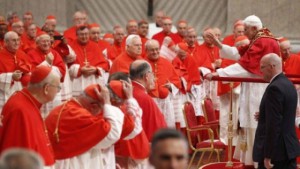 History of Pope Benedict XVI is linked to the history of the previous Pope John Paul II. The eyes have succeeded Pope current events in recent years his predecessor filled with suffering and struggles behind the scenes defăşurate Vatican papal supremacy. Benedict XVI on his secular name Joseph Ratzinger was elected by conclave in 2005, after the death of Pope John Paul II, becoming the 265 th Pontiff. He took office at the age of 78 years, becoming one of the old pope. For 25 years the Pope has served as leader of the Congregation for the Doctrine of the Faith, which under his leadership has established a number of scholars worldwide. It now has almost 86 years. He led the Catholic Church in a troubled period.
History of Pope Benedict XVI is linked to the history of the previous Pope John Paul II. The eyes have succeeded Pope current events in recent years his predecessor filled with suffering and struggles behind the scenes defăşurate Vatican papal supremacy. Benedict XVI on his secular name Joseph Ratzinger was elected by conclave in 2005, after the death of Pope John Paul II, becoming the 265 th Pontiff. He took office at the age of 78 years, becoming one of the old pope. For 25 years the Pope has served as leader of the Congregation for the Doctrine of the Faith, which under his leadership has established a number of scholars worldwide. It now has almost 86 years. He led the Catholic Church in a troubled period.
To understand better what it meant pontificate of Benedict XVI to clarify some of the technical elements that defined the Roman Catholic Church over time. First element and perhaps one of the most imporatnte is ecumenical council or synod convened by Pope occurs. For Christian ecumenical council is an assembly of bishops, representing a large number of local churches to discuss doctrine of faith or universal pastoral guidance. In an effort to maintain its identity, unity and universality, the Roman Catholic Church had such meetings throughout history last being the XXI held in the Vatican from 1962 to 1965. Some of them were more important than the other thanks positions sometimes isolation, the church was reluctant generally to change the world. For example in the Vatican I (1869-1870), the Church exposes critical of rationalism, relativism, liberalism and materialism. In the context of a hierarchical organization, the Pope is seen as a guarantee of the unity of the Church. That is why the Vatican I arrive at the definition of the dogma of papal infalibilităţii.
Explicitly proclaimed Bishop of Rome is universal primate “by Juro divine” power “direct” the whole church is without error when he speaks “ex cathedra”. Just three months after installation, Pope John XXIII announced the convocation of a council with the topic of internal renewal (aggiornamento) of the Church to respond effectively to contemporary world problems. This will be the twenty-first century council of the Catholic Church, but will remain in history as Vatican II. Why did this sneak peek into history? For that Pope Benedict XVI was adept resolutions before returning to Vatican II. He made possible a return to liturgy held in Latin.
A second element is the origin of the papal office. Origin papal function is spiritual, mystical, before being political. Pope is universal pastor (Misi on which the whole world, a claim today Benedict XVI), successor of St. Peter and Vicar of Jesus Christ, he is head visible (instead of Jesus unseen). In the beginning, the Holy See is not involved in major theological dispute, so the first councils were held in the East, the Greek presence was neânsemnată. Under Leo I and after the division of the Roman Empire, the Western Roman Empire, the emperor recognized the supremacy of the pope over all bishops, and in the time of Gregory I, the papacy has gained full power and prestige that zeal. Today the Pope has the mission to appoint cardinals and bishops to convene, if necessary, councils, canonize him on Catholic saints, proceed to excommunication, officiating, on numerous occasions, Divine Liturgy, the position in all major problems company writing the so-called encyclicals (letters not only Christians, but all people of good faith), participate in interreligious dialogue is advised of cardinals and is assisted in managing the Curie church (congregations, tribunals, secretaries).
What does the pope resign? One possible answer is found in Corriere della Sera “We are now witnessing a symptom extreme, final, irrevocable, a crisis management system and a form of the papacy. Revolt is about a Holy Father to a derivative of a Church-institution in recent years has moved from the status of “master of life” to that of “sinner”, (…) A long series of conflicts, maneuvers, betrayals under the dome of St. Peter’s Cathedral. (…) “. The events of the past year, including leaks scandal would be part of a scenario pope thought to limit the power of the Secretary of State Tarcisio Bertone, the chief of the political and diplomatic Vatican scenario being the result of a secret report prepared by three Cardinals after scandal dubbed “Vatileaks” because that Vatican bank director was removed from office for money laundering. Besides the above Benedict XVI’s decision to withdraw from office may be caused by failure of the reform of the Roman Curia, the Vatican’s administrative apparatus. “Church is frequently disfigured face. I think blows against the unity of the Church, the divisions within the ecclesial body,” Benedict said in his homily at the Divine Liturgy committed Ash Wednesday in St. Peter’s Basilica. Benedict XVI denounced the “incoherence” of those who are willing to “give up their robes, amid scandals and injustices done to others, but who are not prepared to act with heart, conscience and intentions.” Thus, Benedict XVI will go down in history not only as a great theologian but as a pope who tried building unitatăţii Catholic Church. Benedict XVI was, in my opinion, a skilled strategist. At sprijint John Paul II in the papal chair to blame Bringing a breach in the conscience of believers in Central and Eastern Europe under Communist control. Poland has emerged followed by Hungary and the Czech Republic in arms communism and the Soviets. The nearest Catholic Church Orthodox Church with Pope Paul creating the II bridge to the east, which signaled a bridge these days, again, the last official visit of a President of the country from an Orthodox country, the Vatican. Privilege was granted to the President of Romania, Orthodox country where in 1999 Pope John Paul II was a historic visit. It’s a powerful message that should be taken into account in the future. A question is now: aims, the new geopolitical conditions, Pope Benedict XVI Pope installation of another European Union unit to console? Pontificate, including that of Benedict XVI, is considered one of Eurocentric features and in this view the next pope could be all of Europe. Pope’s decision to retire due to age, is at the same time as its influence on the election of the new pope is decided. There are speculations on this subject on Cardinal Peter Erdo of Budapest named archbishop in 2002 and is the second youngest cardinal. Points of biography of Malachi’s prophecy correspond as last pope will be Peter the Roman, his name is Peter Erdo and Hungary under the domination of St. Peter in Rome was part of the Roman Empire. “Sacred College” which designates his successor Benedict XVI, will include 118 cardinal electors (aged under 80 years) under the limit of 120. Of the 118 voters representing nearly 1.2 billion Catholics, 62 come from Europe, among which 28 are Italians, 19 are from South America, 14 in North America, 11 in Africa and 11 others in Asia alone a native of Oceania.
Most (67) became cardinals in the eight years of the pontificate of Benedict XVI and 51 during John Paul II, when considered conservative prelates were largely rewarded. But, as seen in the last conclave in the fall of 2012, Benedict XVI, in turn bothered to appoint personalities “safe” in terms of doctrine. Benedict resignation opportunity for another historic moment: the possible election of a pope from the developing world. Will it be accepted by the College? Today, 70 percent of all Catholics live in developing countries. Two contenders for the throne of St. Peter are Cardinal Peter Turkson of Ghana and Cardinal Francis Arinze of Nigeria (although age is a disadvantage) which joins the Cardinals from Honduras, Argentina, the Philippines and Brazil. What is the election of the new Pope? Inter cardinals in conclave at least 15 days and maximum 20 withdrawal Pope. They go in procession from the Pauline Chapel Sistine Chapel. Then close the doors, remove the keys, isolation was verified by Cardinal Chamberlain interior and exterior prefect of the Pontifical Household. Cardinals are not allowed to vote for themselves and in turn must submit an oath to respect and accept secret ballot result. Voting takes place in the Sistine Chapel with two morning and two evening elections. Ballots are then burned. Cardinal to get two-thirds of the votes is elected. In case of a deadlock, there is the possibility voting majority. After the result is obtained, dean of the College of Cardinals asks whether to accept the election winner. If it does, it becomes Pope, and immediately extend its powers over the Catholic world. The new pope must declare the name will carry the pontiff. During the election, a stove Sistine Chapel inform crowd in St. Peter’s Square in the outcome of the vote.
If the smoke is black pope has been elected. If it is white, it means that a new pope has been elected. A pontificate ends another begins. Rome began the most important job in the church calendar Lent.
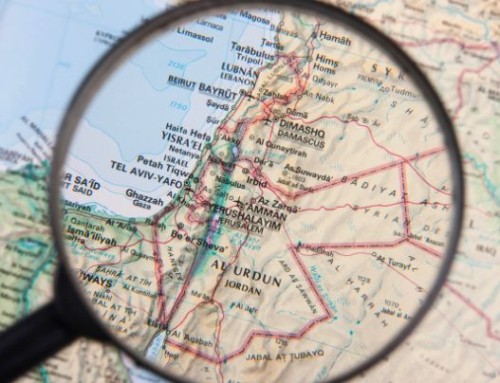
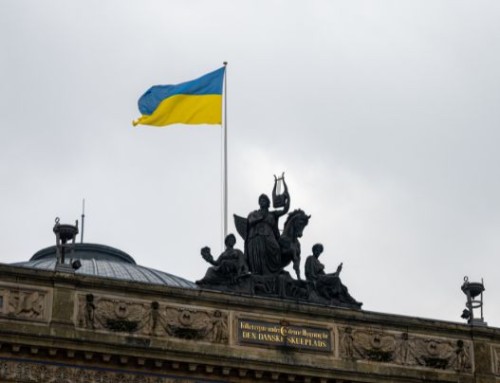
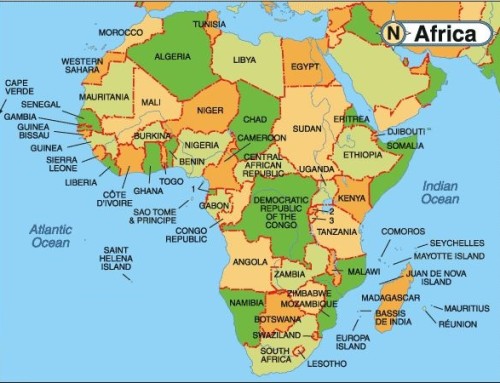
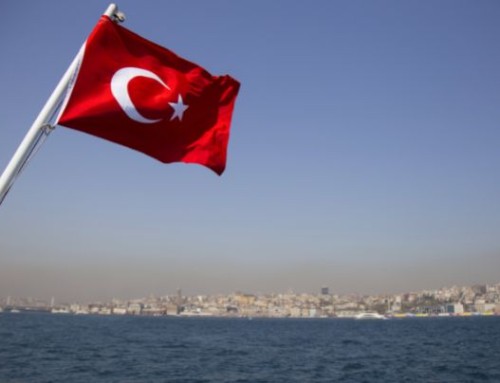
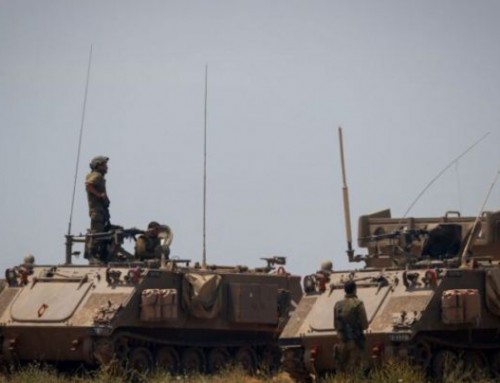
Leave A Comment